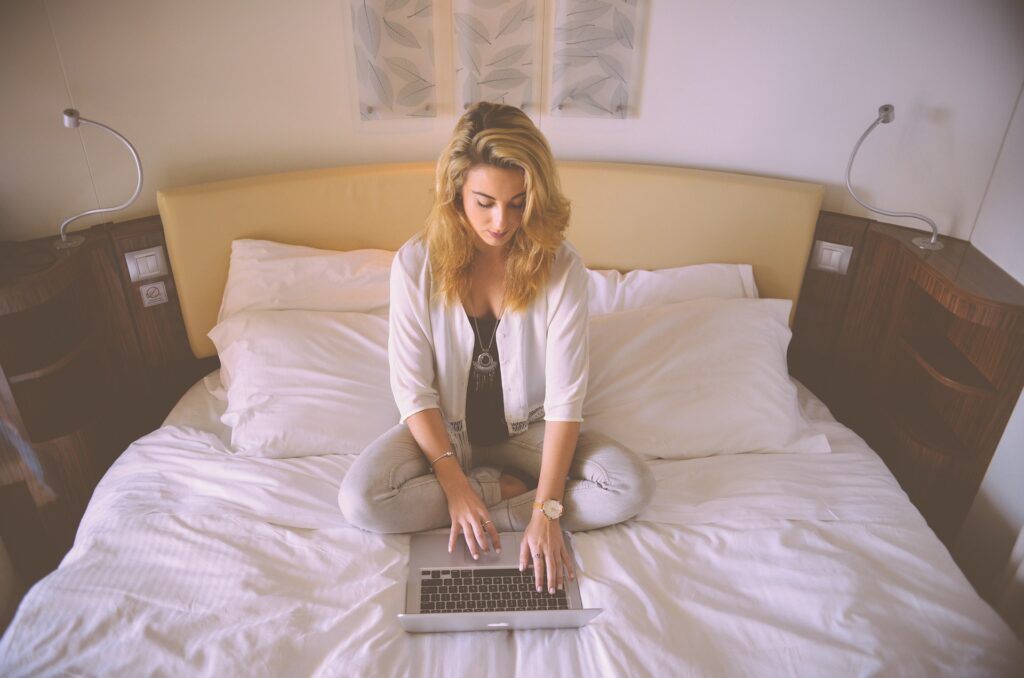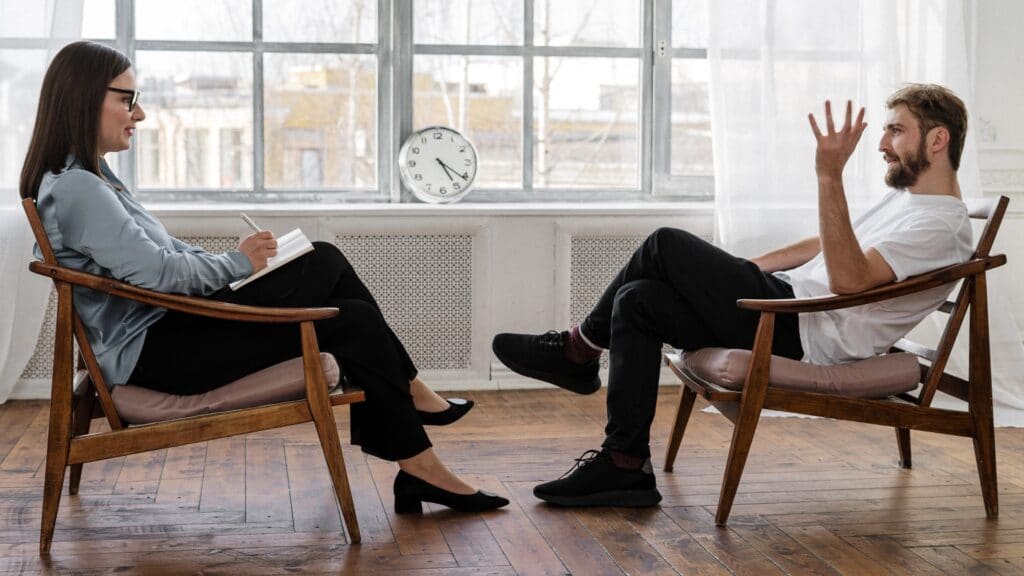We are an online therapy practice based in the UK, offering services both in the UK and worldwide, available in English and Spanish.
CBT online in the UK
Online Therapy & Counselling in the UK and beyond

We are an online therapy practice based in the UK, offering services both in the UK and worldwide, available in English and Spanish.

Psychology Therapy is an online counselling practice based in the UK initiative of Cristina Martin-Garcia, qualified CBT therapist and founder. It was created to promote mental health and well-being through the delivery of high-quality therapy and the promotion of initiatives to raise awareness.
We specialise in anxiety disorders, including generalised anxiety, social anxiety, panic disorder, agoraphobia, and also obsessive-compulsive disorder (including body dysmorphic disorder). These disorders often co-occur with other challenges, so we also have experience in addressing low self-esteem, self-criticism, perfectionism, stress, insomnia, depression, burnout, impostor syndrome, life changes, loss, grief, and self-harm.
We are here to listen and understand you, without making judgements. We will accept you as you are and support you in your path.
Our priority is to create a safe and supportive space for you to share your deepest concerns. We are here to listen and understand.
Fully qualified, insured and registered with reputable professional associations for psychotherapy and counselling.

Cognitive-behavioural therapy (CBT) is a type of therapy that aims to analyse the person's thought patterns, question and evaluate their validity, and replace them by other more helpful and realistic thoughts.

It is difficult to determine the average number of therapy sessions. Some people can achieve their goals in as little as 6 sessions or even less, while others might need to work for several years. Learn more here!

Therapy can help when our wellbeing and is being impacted by overwhelming emotions. When we have an excessive or persistent sadness, anxiety or any other unhelpful state. Read more.
Yes, therapy is confidential and therapists are required to protect their client’s privacy by not disclosing the contents of the therapy sessions. There are some exceptions where therapists need to break confidentiality. Keep reading.
The benefits of therapy includes increasing the autonomy of the person and providing the tools and resources necessary for tackling problems and difficult thoughts and emotions more resourcefully. Discover more benefits.
This first therapy session is an essential part of the therapeutic process. It serves as an opportunity for you and the therapist to establish a connection, discuss your concerns, and gather relevant information. Find more about your first session.
Email us to [email protected] and tell us what is your difficulty. We will explain you the details about the sessions and answer any questions.
Let us know what your availability is, and we will book you an appointment.
Have your first session and start working on your wellbeing and self-improvement. Contact us if you have any concern or doubt along the way.
Contact Psychology Therapy for more information or to book your first appointment: [email protected]